THE DIARY GAME: 25/09/2020
Dear diary ,
Hello friends and welcome to my New Diary story and how are you all?
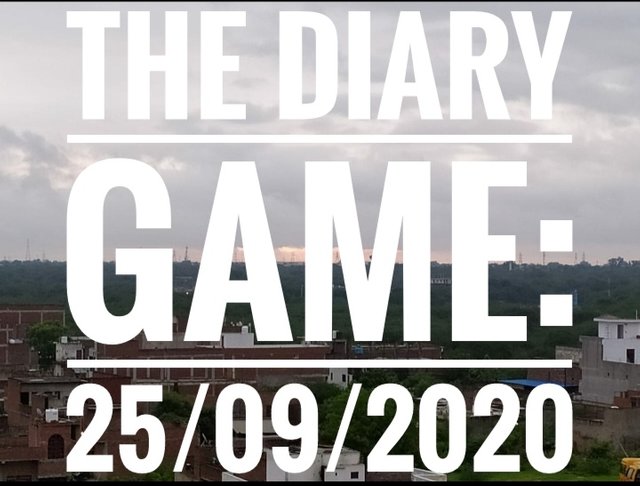
Friends, today when I was going in the morning for my coaching, I saw that there was so much thunderstorm that there was dust all around and nothing was visible because the dust had gone in the eyes and at that time my Google too Was not worn, due to which I could settle, but my eyes became dusty, so I had to sit with the car on one side.
How did I take away morning time and came back home. When I went half way coaching after going to coaching, then I thought that there is no use in returning. That's why I went back to coaching. Then after reading the coaching, I came to my house, then I cleaned myself thoroughly and after that a lot of dust came out from inside my clothes clothes.
Friends, again in the afternoon there was a thunderstorm of such thieves which was very fast and it had spread a lot of dust. A lot of me was found all around and in the eyes even then and I got very upset because so much was gone in my eyes. Dust that I could not see anything and was irritated in the eyes, then I stayed in my friend's house and there was a tree under which there is a lot of soil from which the house is made, it is kept And some ballast was still kept. We saw them OK, they are also moving from here to there and the whole road was also dirty due to this.
SAMSUNG 8K TV
What is 8K and what are its benefits?
Today’s 8K televisions deliver the sharpest, most detailed pictures out there – but what is 8K, and how does the technology work?What does 8K actually mean?
The brand new technology found in the latest Samsung QLED 8K TVs refers to a screen resolution far higher than existing 4K televisions and full HD sets. It is effectively the next generation. The image is made up of a grid of pixels 7,680 wide by 4,320 high. That’s 33,177,600 pixels.
What’s the difference from 4K sets?
A 33-megapixel image offers four times the resolution of 4K sets, with detail and clarity far beyond anything you have seen before. Dean King, smart TV product manager at Samsung UK, says that the difference when compared to a standard 4K image is breathtaking: “Every single frame is the equivalent of a 33 million pixel professional photograph being shown up to 60 times a second. By comparison, the images on 4K sets are closer to the quality of an eight megapixel non-professional camera.”
What can I watch?
Samsung’s 8K QLED TVs upscale everything you watch into 8K picture quality, even if the shows were not shot on 8K cameras, using artificial intelligence upscaling to sharpen up images to be viewed in glorious QLED 8K. You will notice the difference. Samsung’s QLED 8K TVs come in sizes up to 98in, so there’s plenty of space to enjoy the staggering resolution of the upscaled picture. Viewers will also be future-ready for the launch of 8K films and games in the near future.
Do 8K screens have more contrast?
The pixel count is not the only groundbreaking screen technology to be found in Samsung’s QLED 8K TVs, with HDR 4000 offering unbeatable levels of brightness and contrast, so that viewers can immerse themselves in the dark of a dramatic scene and then revel in the fresh colours of a sunlit countryside. Samsung’s King says: “Thanks to the unique QLED panel technologies in the Samsung 8K TV, you can enjoy the TV at any time day or night – and from any angle – with no loss of picture quality. It’s great for watching the Rugby World Cup in the middle of the day, or snuggling up on the sofa at night to watch a film with loved ones.”
Bose had been a leader of the younger, radical, wing of the Indian National Congress in the late 1920s and 1930s, rising to become Congress President in 1938 and 1939.However, he was ousted from Congress leadership positions in 1939 following differences with Mahatma Gandhi and the Congress high command. He was subsequently placed under house arrest by the British before escaping from India in 1940.
Bose arrived in Germany in April 1941, where the leadership offered unexpected, if sometimes ambivalent, sympathy for the cause of India's independence, contrasting starkly with its attitudes towards other colonised peoples and ethnic communities.In November 1941, with German funds, a Free India Centre was set up in Berlin, and soon a Free India Radio, on which Bose broadcast nightly. A 3,000-strong Free India Legion, comprising Indians captured by Erwin Rommel's Afrika Korps, was also formed to aid in a possible future German land invasion of India.By spring 1942, in light of Japanese victories in southeast Asia and changing German priorities, a German invasion of India became untenable, and Bose became keen to move to southeast Asia. Adolf Hitler, during his only meeting with Bose in late May 1942, suggested the same, and offered to arrange for a submarine.During this time Bose also became a father; his wife, or companion, Emilie Schenkl, whom he had met in 1934, gave birth to a baby girl in November 1942. Identifying strongly with the Axis powers, and no longer apologetically, Bose boarded a German submarine in February 1943.Off Madagascar, he was transferred to a Japanese submarine from which he disembarked in Japanese-held Sumatra in May 1943.
With Japanese support, Bose revamped the Indian National Army (INA), then composed of Indian soldiers of the British Indian army who had been captured in the Battle of Singapore.To these, after Bose's arrival, were added enlisting Indian civilians in Malaya and Singapore. The Japanese had come to support a number of puppet and provisional governments in the captured regions, such as those in Burma, the Philippines and Manchukuo. Before long the Provisional Government of Free India, presided by Bose, was formed in the Japanese-occupied Andaman and Nicobar Islands.Bose had great drive and charisma—creating popular Indian slogans, such as "Jai Hind,"—and the INA under Bose was a model of diversity by region, ethnicity, religion, and even gender. However, Bose was regarded by the Japanese as being militarily unskilled, and his military effort was short-lived. In late 1944 and early 1945, the British Indian Army first halted and then devastatingly reversed the Japanese attack on India. Almost half the Japanese forces and fully half the participating INA contingent were killed.The INA was driven down the Malay Peninsula and
surrendered with the recapture of Singapore. Bose had earlier chosen not to surrender with his forces or with the Japanese, but rather to escape to Manchuria with a view to seeking a future in the Soviet Union which he believed to be turning anti-British. He died from third-degree burns received when his plane crashed in Taiwan. Some Indians, however, did not believe that the crash had occurred, with many among them, especially in Bengal, believing that Bose would return to gain India's independence.
The Indian National Congress, the main instrument of Indian nationalism, praised Bose's patriotism but distanced itself from his tactics and ideology, especially his collaboration with fascism.The British Raj, though never seriously threatened by the INA,charged 300 INA officers with treason in the INA trials, but eventually backtracked in the face both of popular sentiment and of its own end.[
History was scripted in the forecourt of Rashtrapati Bhawan on the evening of 26th May 2014 as Narendra Modi took oath as the Prime Minister of India after a historic mandate from the people of India. In Narendra Modi, the people of India see a dynamic, decisive and development-oriented leader who has emerged as a ray of hope for the dreams and aspirations of a billion Indians. His focus on development, eye for detail and efforts to bring a qualitative difference in the lives of the poorest of the poor have made Narendra Modi a popular and respected leader across the length and breadth of India.
Narendra Modi’s life has been a journey of courage, compassion and constant hardwork. At a very young age he had decided to devote his life in service of the people. He displayed his skills as a grass root level worker, an organiser and an administrator during his 13 year long stint as the Chief Minister of his home state of Gujarat, where he ushered a paradigm shift towards pro-people and pro-active good governance.
Formative Years
Narendra Modi’s inspiring life journey to the Office of Prime Minister began in the by-lanes of Vadnagar, a small town in North Gujarat’s Mehsana district. He was born on the 17th of September 1950; three years after India had gained its Independence. This makes him the first Prime Minister to be born in independent India. Mr. Modi is the third child born to Damodardas Modi and Hiraba Modi. Mr. Modi comes from a family of humble origins and modest means. The entire family lived in a small single storey house which was approximately 40 feet by 12 feet.
Narendra Modi’s formative years taught him early tough lessons as he balanced his studies, non-academic life to spare time to work at the family owned Tea Stall as the family struggled to make ends meet. His school friends remember that as a child also he was very industrious and had an affinity for debates and a curiosity to read books. Schoolmates recollect how Mr. Modi used to spend many hours reading in the local Library. As a child he was also fond of swimming.
Mr. Modi’s thoughts and dreams as a child were quite removed from how most children of his age thought. Perhaps it was the influence of Vadnagar which once used to be a vibrant center of Buddhist learning and spirituality many centuries ago. As a child also he always felt a strong urge to make a difference to society. He was highly influenced by the works of Swami Vivekananda which laid the foundation of his journey towards spiritualism and which inspired him to pursue the mission to fulfill Swamiji’s dream of making India a Jagat Guru.
At the age of 17 he left home to travel across India. For two years he travelled across the expansive landscape of India exploring various cultures. When he returned home he was a changed man with a clear aim of what he wanted to achieve in life. He went to Ahmedabad and joined Rashtriya Swayamsevak Sangh (RSS). RSS is a socio-cultural organisation working towards the social and cultural regeneration of India. It was a tough routine for Narendra Modi in Ahmedabad since 1972 when he became a Pracharak for RSS. His day began at 5 am and went on till late night. Late 1970s also saw a young Narendra Modi join the movement to restore Democracy in India which was reeling under Emergency.
While continuing to shoulder different responsibilities within the Sangh during the 1980s Narendra Modi emerged as an Organizer exemplar with his organizing skills. In 1987 a different chapter began in the life of Mr. Modi when he started work as the General Secretary of the BJP in Gujarat. In his first task Mr. Modi won a victory for the BJP in Ahmedabad Municipal Corporation elections for the first time ever. He also ensured that the BJP was a close second to the Congress in the 1990 Gujarat Assembly elections. In the 1995 Assembly elections Mr. Modi’s organizational skills ensured the BJP’s vote share increased and the party won 121 seats in the Assembly.
Mr. Modi worked as the National Secretary of BJP from 1995 looking after party’s activities in Haryana and Himachal Pradesh. As BJP’s General Secretary Organisation he worked to ensure the BJP won the 1998 Lok Sabha elections. It was in September 2001 that Mr. Modi received a phone call from then Prime Minister Vajpayee which opened a new chapter in his life taking him from the rough and tumble of Organizational Politics to the world of Governance.
Years in Governance
Narendra Modi’s evolution from quintessential Organization Man of the BJP to one of India’s best known leaders recognized for his Good Governance over a span of a decade tells a story of grit, determination and Strong Leadership in the face of grave adversity. Narendra Modi’s transition from the world of Political Organizing to the realm of Administration and Governance neither had the luxury of time nor the benefit of training. Shri Modi had to learn the ropes of Administration while on the job right from Day One. Narendra Modi’s first 100 days in office offer a glimpse of not just how Shri Modi made that personal transition but these 100 days also offer a glimpse of how Shri Modi brought unconventional thinking and out of the box ideas to shake status-quo and reform Governance.
Narendra Modi’s path to creating a Vibrant Gujarat as a shining example of Development and Governance did not come easy. It was a path littered with adversities and challenges. Through the last decade if there is one constant trait of Narendra Modi that has stood out it is his Strong Leadership in the face of grave adversity. Shri Narendra Modi’s approach to governance has always been viewed as being above politics. Shri Modi never let political differences get in the way of pursuing solutions to developmental challenges. As Shri Narendra Modi prepares to assume Office as India’s next Prime Minister, his approach to Administration and Governance stands out for its convergent thinking. The finest manifestation of Shri Modi’s philosophy of “Minimum Government, Maximum Governance” is his Pancha-Amrut construct for convergent Governance.
His performance is reflected in the many Awards his government received from both National and International media. Shri Narendra Modi as India’s Prime Minister brings with him a rich and hands-on experience as one of India’s most successful Chief Ministers and one of its finest of Administrators.
I meet friends with a New Delhi story, now it is time for me to sleep, then friends bye.
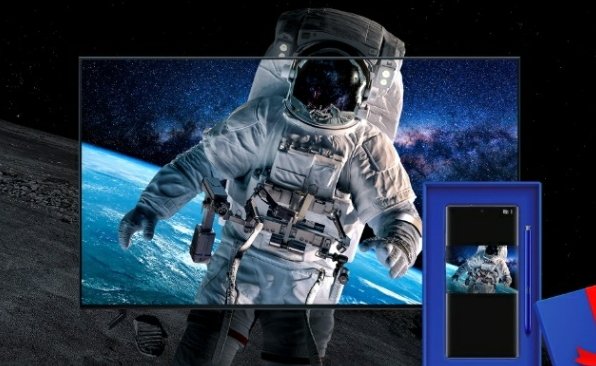
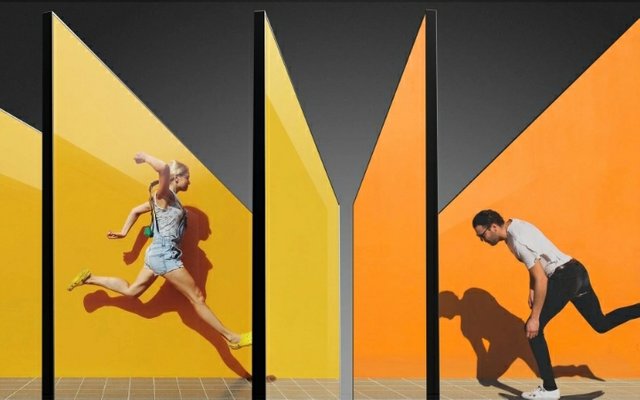
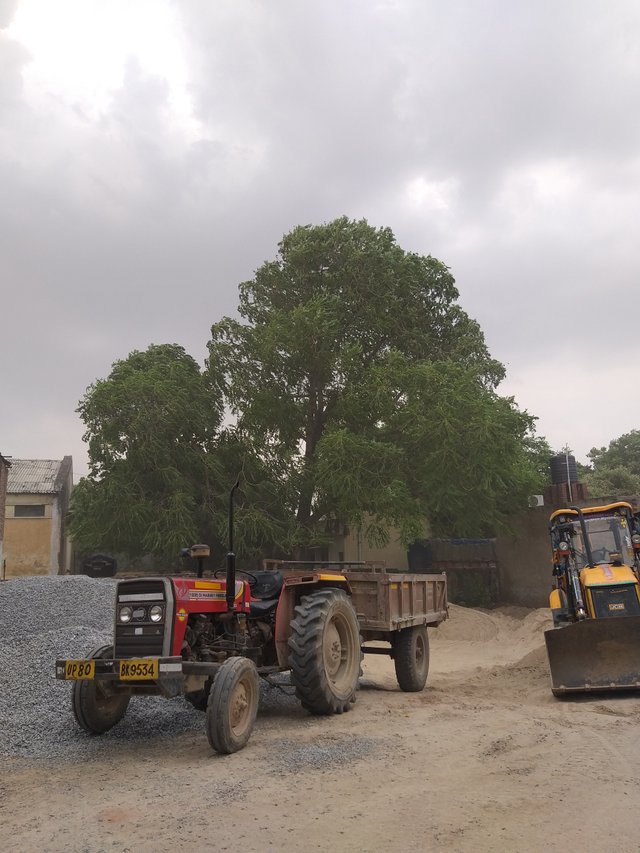
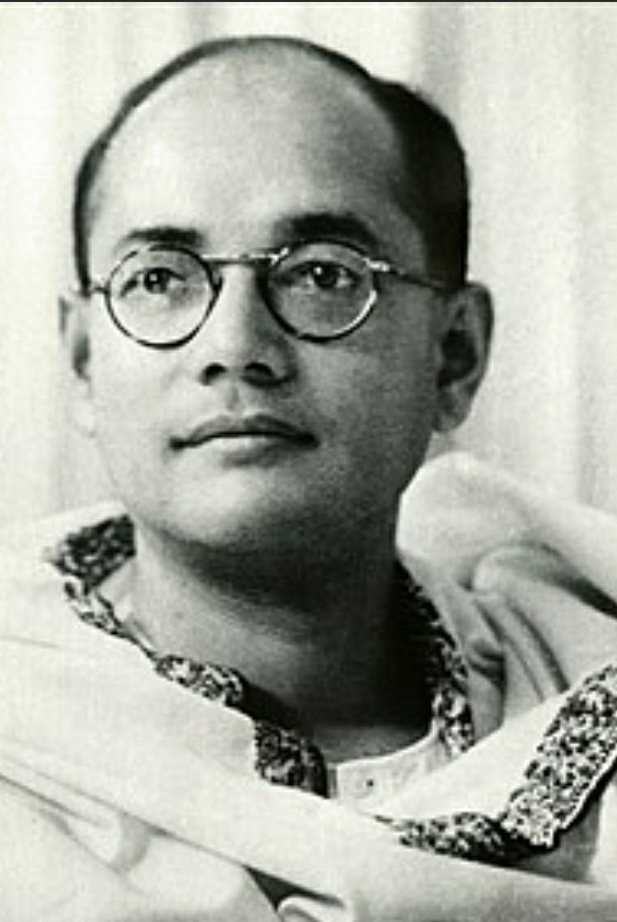
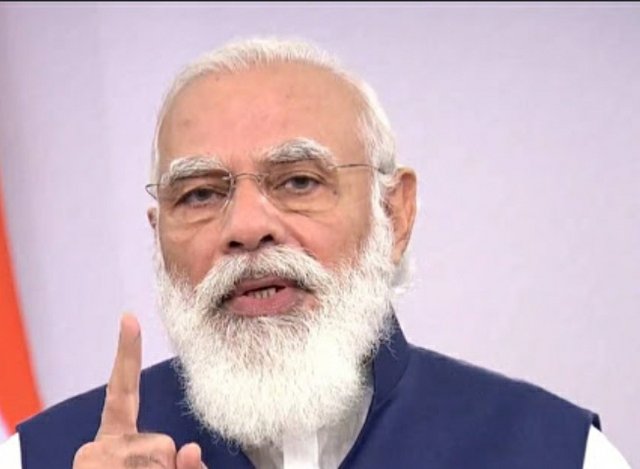
You have been upvoted by @sapwood A Country Representative from INDIA I am voting with the Steemit Community Curator @steemcurator07 account to support the newcomers coming into steemit.
Follow @steemitblog for the latest update on Steem Community and other writing challenges and contest such as The diary game Also join LUCKY 10S